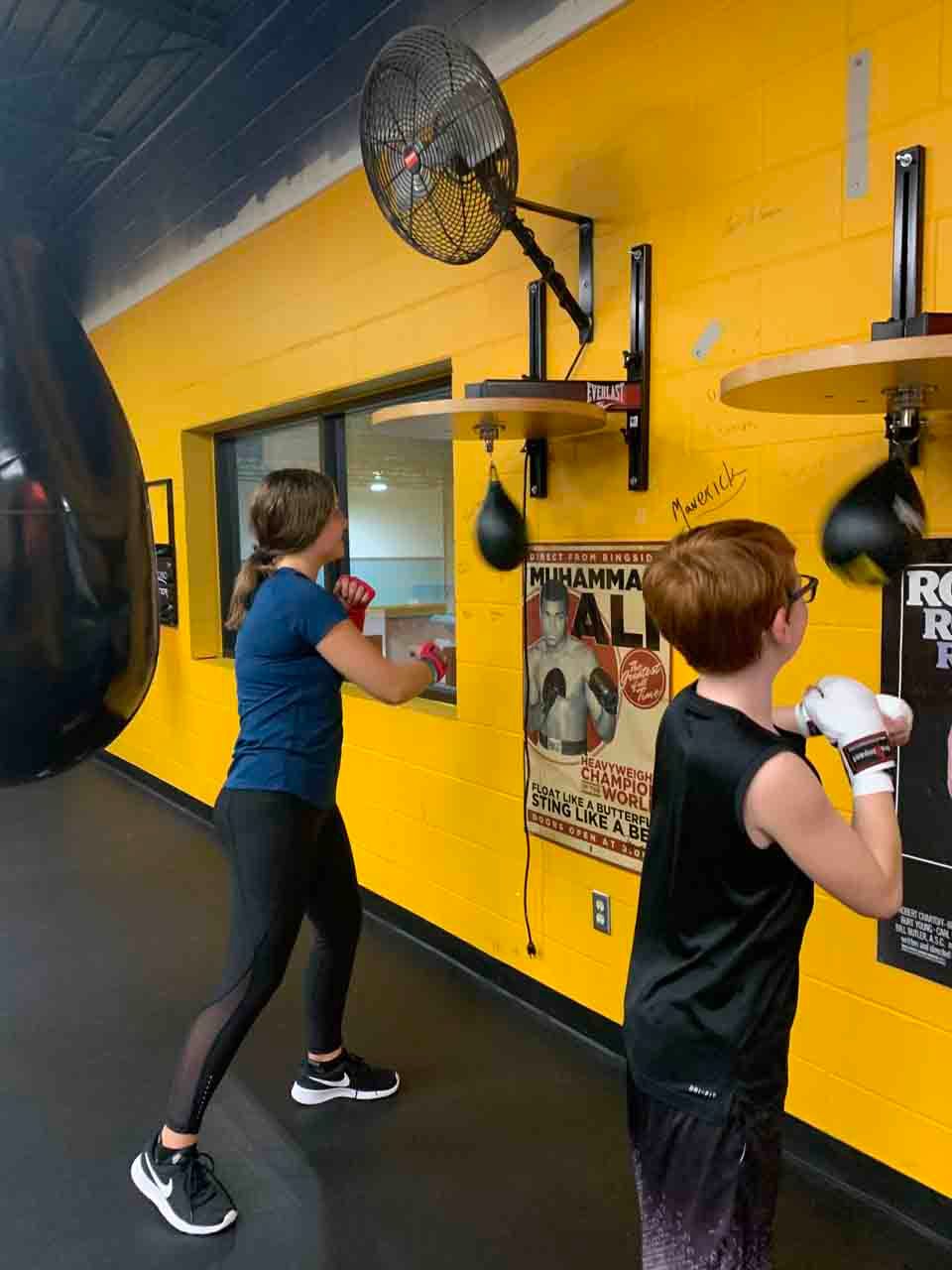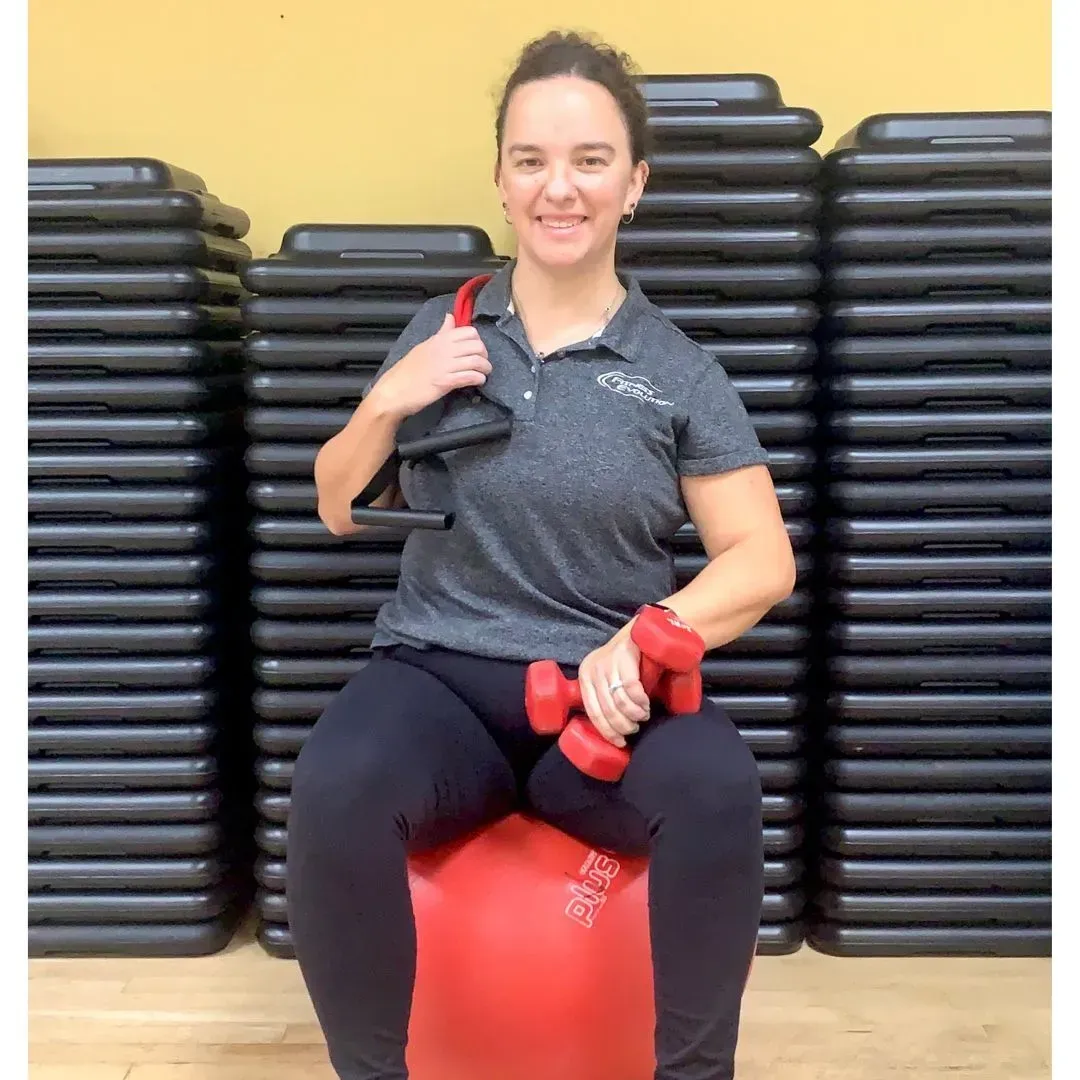Be Heart Smart
February is Cardiovascular Awareness Month
With newer guidelines categorizing high blood pressure as part of cardiovascular disease spectrum, statistics show that almost half of Americans are affected by CVD. It remains the leading cause of death in the U.S. at 40 percent. Not good. What is good is this is something that action can be taken on.
To prevent. To manage. To improve.
First and foremost,
always consult your physician if you have concerns or are looking to take more control of your health outcomes. There are many simple/inexpensive tests pertaining to heart health like calcium scans, APOB tests, and others that can be ordered through basic checkups and physicals with your doctor. These results may provide you with lifesaving information, they may yield nothing (Awesome!), or results could sit somewhere in the middle. Regardless, the action you should take next is extremely important.
3 key factors:
Exercise, Nutrition, and Sleep! While basic AHA guidelines recommend 100 minutes weekly of light movement, leading experts like Dr Peter Attia (Who I highly recommend checking out via podcast/YouTube) recommend more like 200-240 min of zone 2 training weekly. This is levels of conditioning that are low intensity and can be sustained without heavy breathing. Some examples of this include brisk walking, cycling, rowing and elliptical. Strength training is also recommended with a bit more specified guidance dependent on the individual. Just like seeing a physician is important to take control of your health, I 100 percent biasedly will say take advantage of personal trainers at the gym to best take control of your actionable fitness plans. We can tailor your specific needs, physician recommendation, and personal goals to accommodate a sustainable plan for you. The same rings true for nutrition as well. From basic advice to more in-depth meal plans, we have the resources for you.
Things to consider:
Some other modalities that are very interesting to explore are sauna use and red-light therapy use. More and more research is being done on these health benefits, with some specifically pertaining to heart/cardiovascular health. While it is important to stress it needs to be done while keeping in mind there are specific protocols for efficiency and safety. We do have Red Light Therapy available at the Monticello location along with sauna at every club.
We are here to help:
Do your own research, and/or just ask us to help you to take the next step. You can set up a complimentary assessment with a trainer at any club by calling the front desk or contacting me. Andrew@fitevomn.com
Quick Read Statistics
Heart Disease in the United States
- Heart disease is the leading cause of death for men, women, and people of most racial and ethnic groups in the United States
- One person dies every 33 seconds in the United States from cardiovascular disease
- About 695,000 people in the United States died from heart disease in 2021 - that's 1 in every 5 deaths
- Heart diseases cost the United States about $239.9 billion each year from 2018-2019. This includes the cost of health are services, medicines, and lost productivity due to death
Coronary Artery Disease
- Coronary heart disease is the most common type of heart disease, killing 375,476 people in 2021
- About 1 in 20 adults age 20 and older have CAD (about 5%)
- In 2021, about 2 in 10 deaths from CAD happen in adults less than 65 years old.1
- Early Action Is Important for Heart Attack
- Know the warning signs and symptoms of a heart attack.
Heart Attack
- In the United States, someone has a heart attack every 40 seconds.
- Every year, about 805,000 people in the United States have a heart attack. Of these,
- 605,000 are their first heart attack.
- 200,000 happen to people who have already had a heart attack.
- About 1 in 5 heart attacks are silent—the damage is done, but the person is not aware of it.

Andrew Rask, BS of Science University of Minnesota
FitEvo Personal Training Director









